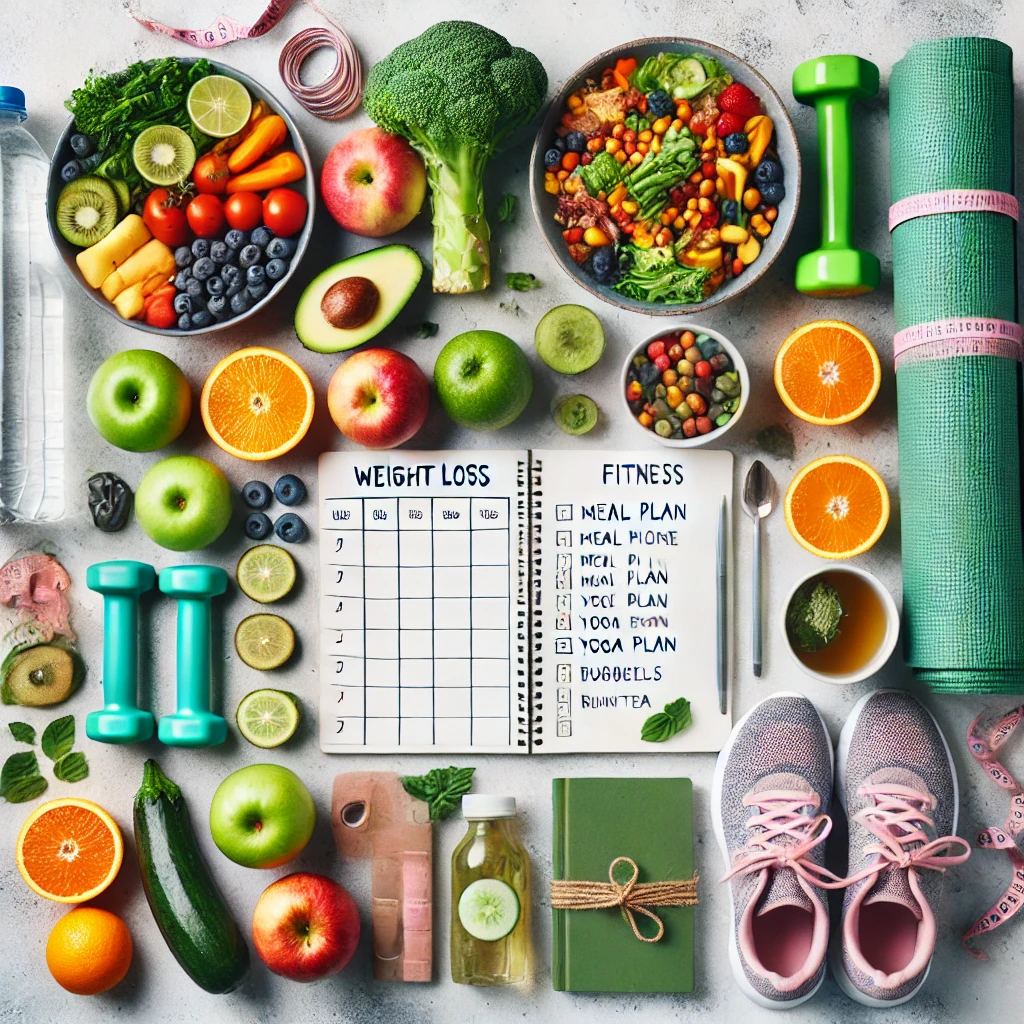Tips to Lose Weight;
Losing weight at home doesn’t have to be a daunting challenge or a long, drawn-out process. With the right strategies, it’s possible to lose weight quickly and sustainably—all from the comfort of your own space. Whether you’re a busy professional, a parent, or someone simply looking to shed a few pounds, these 16 easy-to-follow diet and lifestyle tips will help you lose weight fast and stay healthy in the long run.
Let’s dive into these simple, practical changes that can make a significant difference in your weight loss journey.
Section 1: Diet Tips to Lose Weight Fast
1. Cut Out Processed Foods and Sugary Snacks

One of the most effective ways to lose weight is to eliminate processed foods and sugary snacks from your diet. These items are loaded with empty calories, unhealthy fats, and added sugars, which not only contribute to weight gain but also lead to energy crashes and poor overall health. Processed foods often contain artificial preservatives and unhealthy fats that promote fat storage, especially around the belly.
Instead of reaching for chips, cookies, or sugary drinks, stock your kitchen with healthier options. Fresh fruits, vegetables, nuts, seeds, and low-fat dairy products are excellent choices that provide your body with essential nutrients while keeping you fuller for longer. Replace sugary drinks with water, herbal teas, or infused water with lemon, cucumber, or mint for a refreshing, low-calorie option.
Quick Fix: Replace cookies with a handful of mixed nuts, and swap sodas for sparkling water with a squeeze of fresh lemon.
2. Prioritize Protein-Rich Foods
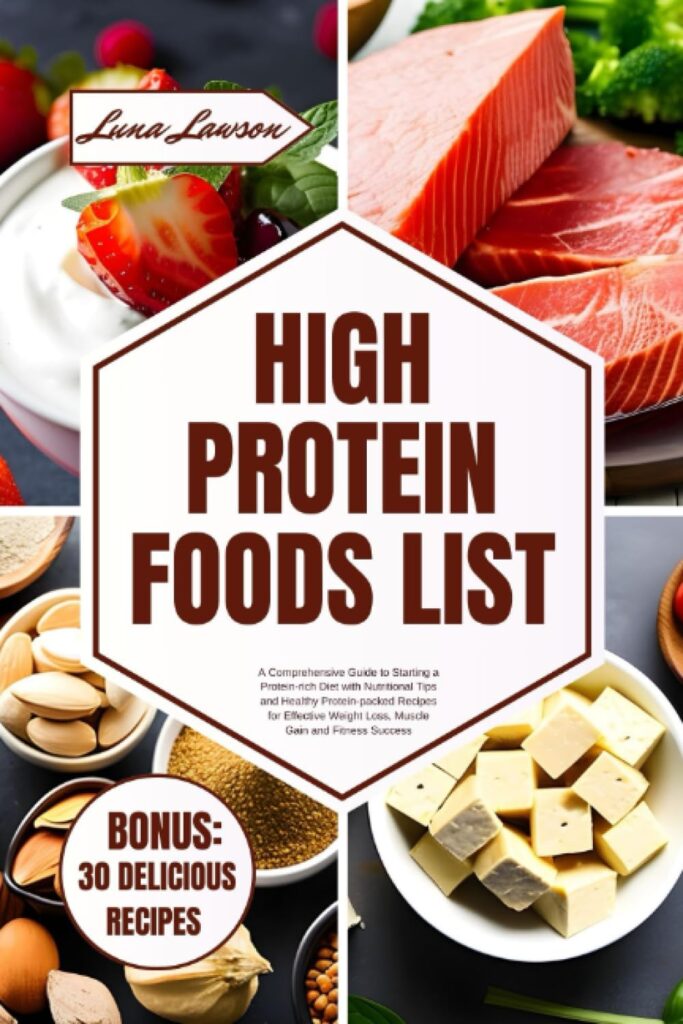
Protein plays a crucial role in weight loss. It boosts your metabolism, helps with muscle repair and growth, and keeps you feeling full longer. When you eat protein-rich foods, you’re less likely to snack between meals and more likely to maintain muscle mass while shedding fat.
Some excellent sources of protein include lean meats (chicken, turkey, fish), eggs, Greek yogurt, tofu, lentils, and beans. Adding more protein to your meals can reduce overall calorie intake and promote fat loss without sacrificing muscle tone.
Tip: Start your day with a protein-packed breakfast, such as scrambled eggs with spinach or a protein smoothie with almond milk, chia seeds, and berries.
3. Control Portion Sizes
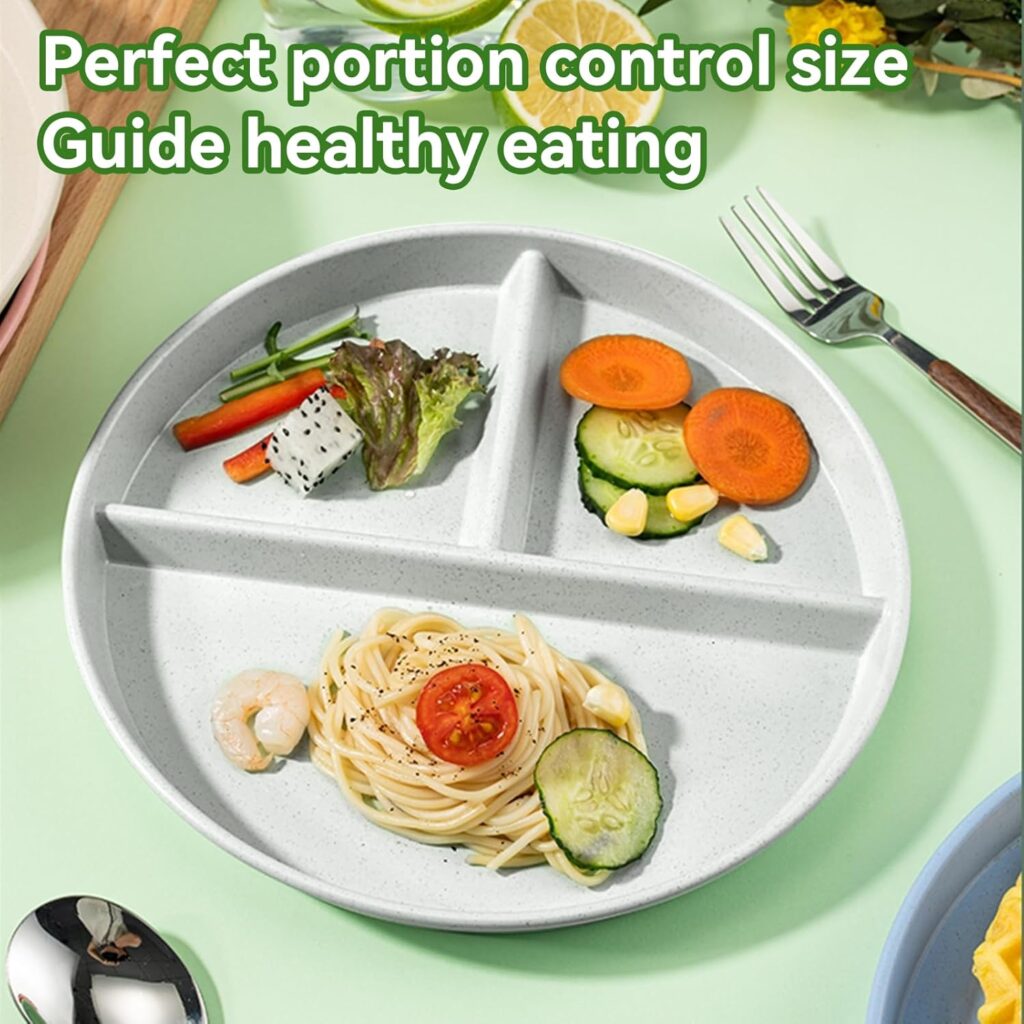
Even healthy foods can lead to weight gain if consumed in large quantities. Portion control is key to managing calorie intake, and it doesn’t require complex calculations. One simple way to control portions is by using smaller plates and bowls. This visual cue helps prevent overeating, as your brain thinks you’re eating more than you are.
Additionally, try the “half-plate rule”—fill half of your plate with vegetables, a quarter with lean protein, and the other quarter with whole grains or healthy fats. This ensures a balanced meal while naturally controlling your calorie intake.
Tip: Slow down when eating. Mindful eating allows you to better recognize hunger cues and avoid overeating.
4. Drink More Water
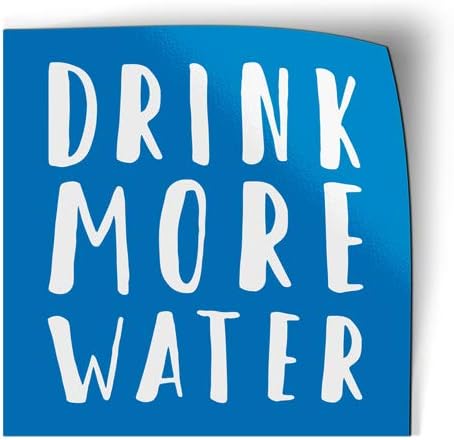
Water is one of the most effective tools for weight loss. Staying hydrated is essential for your metabolism, and drinking water before meals can help suppress appetite, making it easier to eat smaller portions. Often, our bodies confuse hunger with thirst, which can lead to overeating.
Aim to drink at least 8 cups of water per day, and more if you’re physically active. In addition to water, herbal teas like green tea and peppermint can also aid digestion and promote fat burning. Green tea, in particular, contains antioxidants known as catechins, which help boost metabolism.
Tip: Drink a glass of water before each meal to curb hunger and reduce overall calorie intake.
5. Reduce Carbohydrate Intake

Carbohydrates, particularly refined ones like white bread, pasta, and pastries, can spike blood sugar levels, leading to weight gain and increased fat storage. Reducing your intake of refined carbs and focusing on complex carbs like quinoa, brown rice, and sweet potatoes can help stabilize blood sugar and curb cravings.
To lose weight fast, it’s helpful to incorporate low-carb meals that are rich in vegetables, lean protein, and healthy fats. You can also try alternatives to traditional pasta and rice, such as zucchini noodles or cauliflower rice, which are low in calories and packed with nutrients.
Tip: Reduce your carb intake by replacing bread with leafy greens for sandwiches or using zucchini noodles instead of pasta.
6. Eliminate Late-Night Snacking
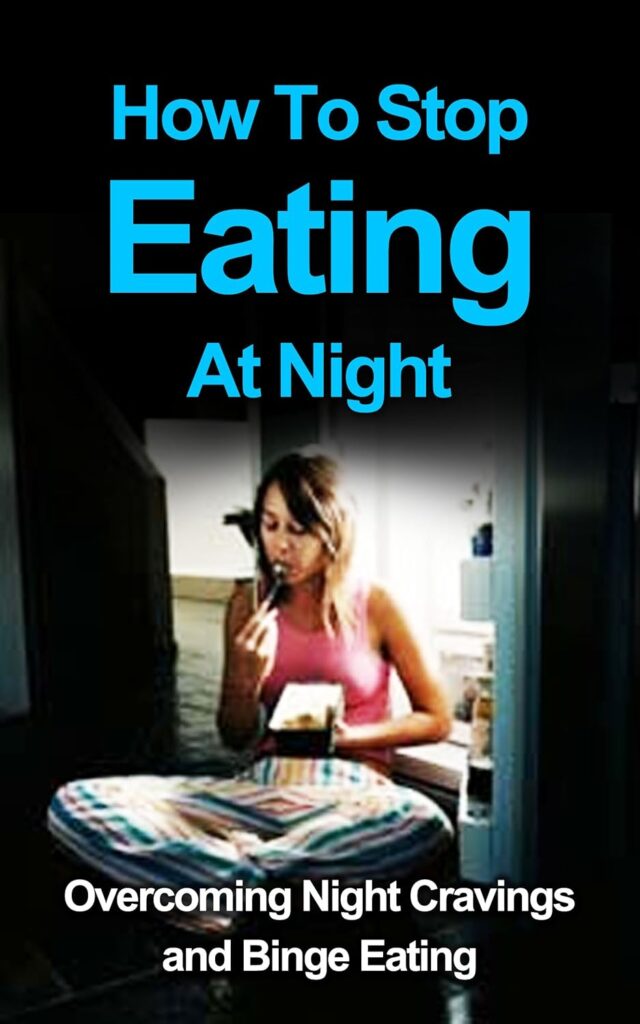
Late-night snacking can wreak havoc on your metabolism and lead to weight gain. When you eat late at night, your body has less time to digest the food before going to sleep, which can result in fat storage. Moreover, nighttime cravings often lead to poor food choices, such as high-calorie, sugary, or fatty snacks.
To avoid late-night overeating, establish a cut-off time for eating (e.g., no food after 7 PM). If you’re truly hungry, opt for light, healthy snacks, such as a handful of almonds, Greek yogurt, or a piece of fruit.
Tip: Practice mindful eating during the evening and avoid sitting in front of the TV with a bag of chips.
7. Focus on Whole, Nutrient-Dense Foods
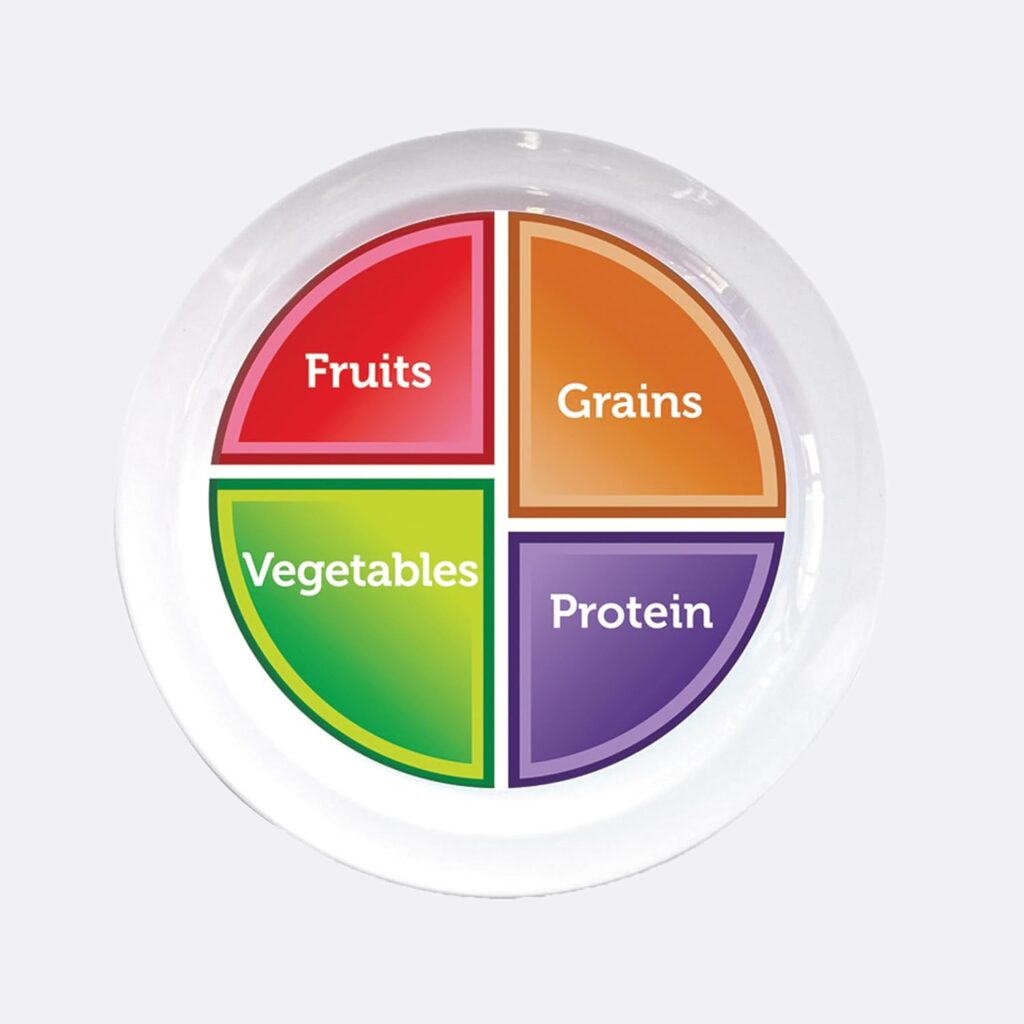
Whole foods, including vegetables, fruits, lean meats, and legumes, are packed with nutrients that your body needs to function at its best. These nutrient-dense foods not only nourish your body but also promote satiety, helping you stay full and satisfied for longer periods.
By eating a variety of whole foods, you’ll naturally reduce your intake of processed snacks and empty calories, allowing for a more balanced diet. A diet rich in vegetables, fiber, and lean proteins can also prevent blood sugar spikes, helping you avoid cravings and overeating.
Tip: Plan your meals around colorful vegetables and whole grains to ensure that you’re getting a variety of nutrients.
Section 2: Lifestyle Changes to Accelerate Weight Loss
8. Incorporate Short Workouts Into Your Day

Exercise is a crucial part of any weight loss plan. The good news is that you don’t need to spend hours at the gym to burn fat and improve your fitness. Short, high-intensity workouts—such as HIIT (High-Intensity Interval Training)—are proven to burn calories and increase metabolism even after the workout ends.
Bodyweight exercises like squats, lunges, push-ups, and burpees are also highly effective for toning muscles and burning fat. You can easily create a 15-30 minute routine that includes a mix of cardio and strength training.
Tip: Try to incorporate a 20-minute HIIT workout 3-4 times per week to accelerate fat loss.
9. Get Quality Sleep

Sleep is a powerful, often overlooked, tool in weight loss. Poor sleep not only affects your mood and energy levels but also disrupts your hormones, which can lead to increased hunger and cravings. Lack of sleep is associated with higher levels of cortisol, a stress hormone that promotes fat storage, especially around the abdomen.
To optimize weight loss, aim for 7-9 hours of quality sleep per night. Create a consistent sleep routine, avoid screens an hour before bed, and make your bedroom a restful environment.
Tip: Try a relaxing bedtime ritual, such as reading or meditating, to prepare your body for deep sleep.
10. Reduce Stress and Manage Emotional Eating
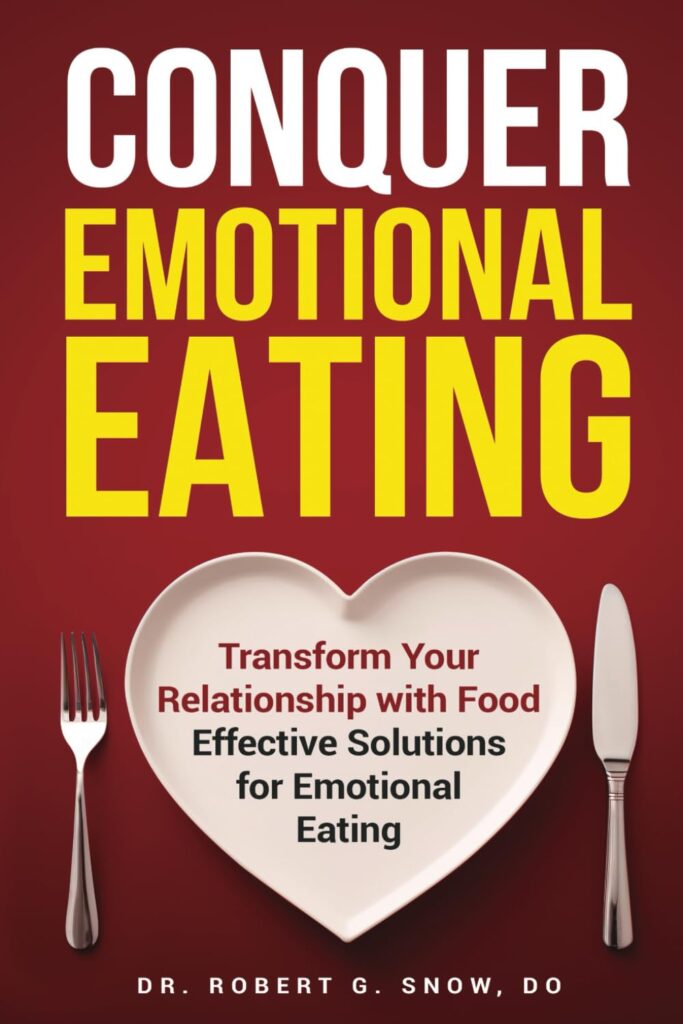
Chronic stress can sabotage your weight loss efforts. When you’re stressed, your body releases cortisol, which not only increases cravings for high-fat, sugary foods but also promotes fat storage. Emotional eating—eating to cope with feelings like stress, sadness, or boredom—can also prevent weight loss.
To manage stress, incorporate relaxation techniques into your daily routine, such as meditation, deep breathing exercises, or yoga. Journaling can also be helpful in reducing emotional eating by helping you understand the triggers behind your cravings.
Tip: Take short breaks throughout the day to practice deep breathing or go for a walk to reduce stress levels.
11. Stay Active Throughout the Day

In addition to your structured workouts, increasing your activity level throughout the day can significantly boost weight loss. Non-exercise activity thermogenesis (NEAT)—the calories burned through everyday activities like walking, cleaning, or standing—can add up and contribute to your overall calorie burn.
Make it a habit to take short walking breaks, use a standing desk, or perform light stretching throughout the day. The more active you are, the more calories you’ll burn, even when you’re not working out.
Tip: Set a goal to walk 10,000 steps a day and incorporate movement into your daily tasks.
12. Set Realistic and Achievable Goals

Setting realistic and achievable goals is essential to maintaining motivation and tracking progress. Instead of aiming for rapid weight loss, focus on sustainable, long-term goals that you can gradually build upon. Break larger goals into smaller, manageable milestones to stay motivated and celebrate each victory.
Tip: Use a weight loss journal or app to track your goals, meals, and workouts.
13. Track Your Food and Exercise
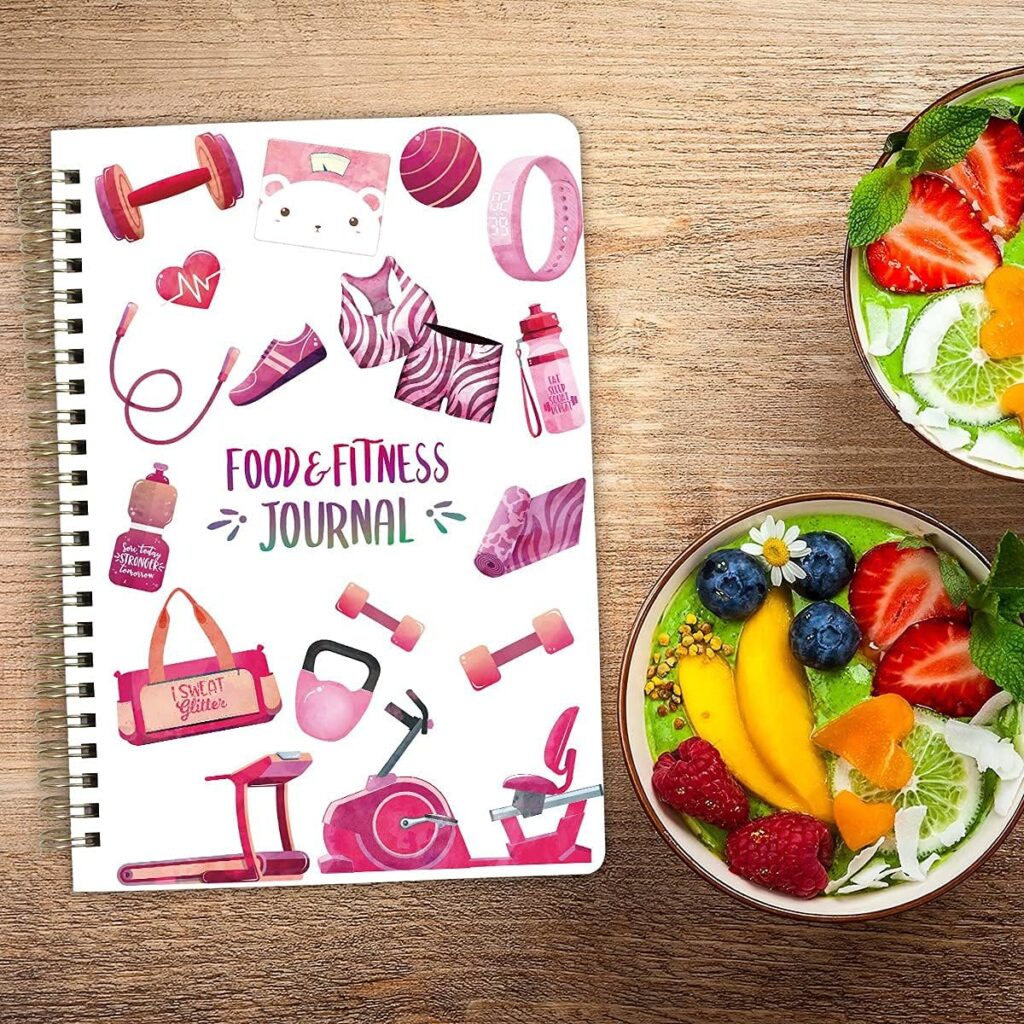
Monitoring your food intake and physical activity is an excellent way to stay accountable. Tracking allows you to see patterns in your eating habits and helps you make necessary adjustments to stay on track. Many apps are available to help you log your meals, exercise, and progress, making it easy to stay consistent.
Tip: Spend a few minutes each day logging your food and activity in a free app like MyFitnessPal.
14. Find an Accountability Partner

Having an accountability partner can significantly increase your chances of success. When you share your weight loss goals with a friend or family member, it helps keep you motivated and on track. You can check in with each other regularly and even work out together for added encouragement.
Tip: Join an online weight loss group or team up with a friend for regular check-ins and shared workouts.
Section 3: Advanced Tips for Faster Weight Loss at Home
15. Try Intermittent Fasting
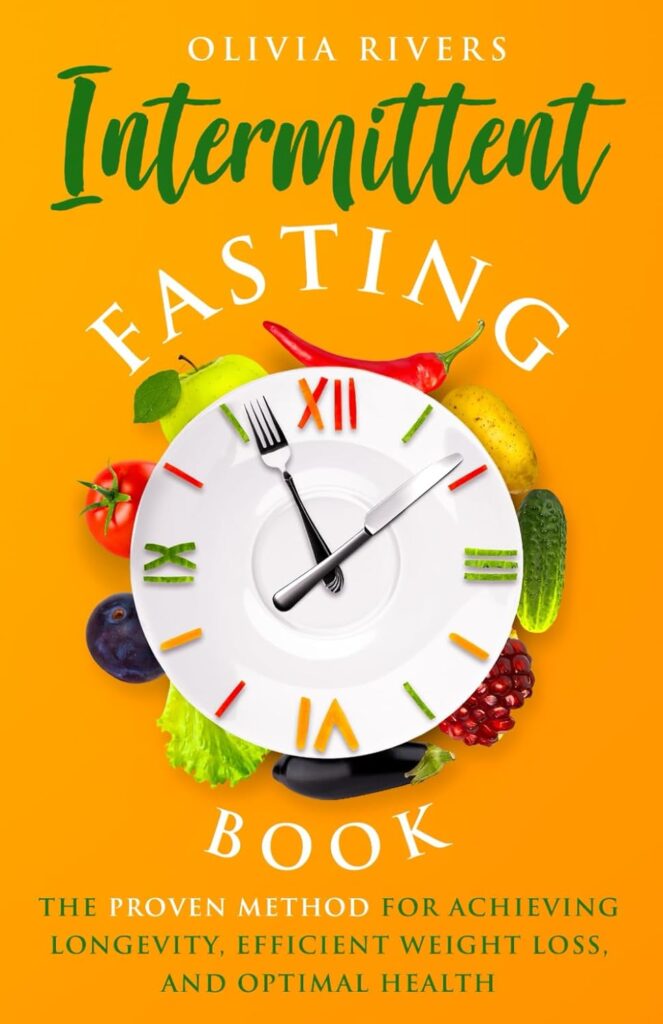
Intermittent fasting (IF) is an eating pattern that alternates between periods of eating and fasting. Research has shown that intermittent fasting can improve fat burning, increase metabolism, and help regulate hunger hormones. Common methods include the 16/8 method (fasting for 16 hours and eating within an 8-hour window) or the 5:2 method (eating normally for five days and restricting calories for two days).
Tip: Start with the 16/8 method, where you fast for 16 hours and eat within an 8-hour window, to see how your body responds.
16. Add Fiber to Your Diet

Fiber is another key nutrient that supports weight loss. Foods high in fiber, such as vegetables, fruits, whole grains, and legumes, promote satiety and help regulate digestion. Fiber also helps balance blood sugar levels, reducing cravings for unhealthy foods.
Tip: Aim to incorporate more fiber into your meals by adding beans, lentils, whole grains, and fresh fruits and vegetables to your daily diet.
Conclusion
By following these 16 simple diet and lifestyle tips, you can lose weight quickly at home while building healthy habits that last. Weight loss doesn’t require a gym membership or complicated meal plans—just a bit of dedication, consistency, and patience. Start by implementing a few of these strategies today, and over time, you’ll see the positive results in both your weight and overall health.
Remember, the key to successful weight loss is finding what works for your body and lifestyle. Stick with it, and soon you’ll be stepping into your healthier, happier self.
Feel free to share your progress or any questions you might have in the comments below!

